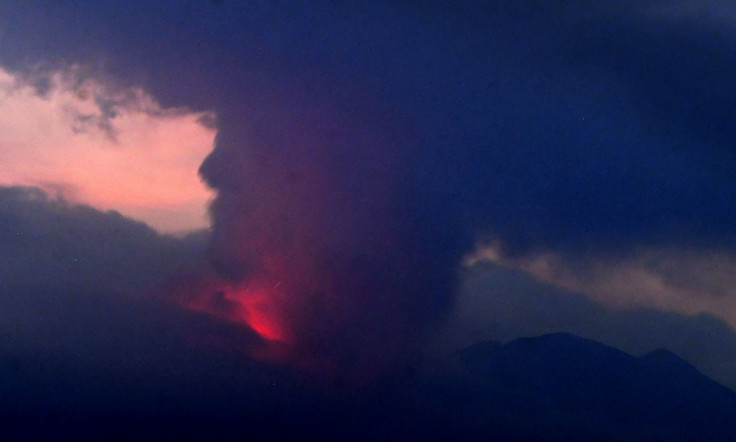
The latest eruption on 2 June which was 14th during recent months in Italy's Mount Etna, saw sudden variation in volcanic parameters at an altitude of 2,800 metres as authorities raised alert level in nearby Catania Airport though it remained operational.
The blast in the morning triggered panic but as the lava flow stayed within the volcano's natural containment zones, the seismic activity decreased by the afternoon suggesting a potential end to the eruptive phase.
The Cause: A Partial Crater Collapse
According to Italy's National Institute of Geophysics and Volcanology (INGV), the eruption was caused by a collapse of material from the northern flank of Etna's southeast crater. This collapse released hot lava flows and triggered explosive activity, including lava fountains and pyroclastic flows. The INGV noted that the explosive activity was 'almost continuous' and intensified throughout the morning.
Professor Teresa Ubide from the University of Queensland explained that the eruption began with an increase in pressure from hot gases inside the volcano. This pressure buildup led to the partial collapse of the crater, allowing magma to escape and resulting in the observed explosive activity.
The Impact: Spectacular Yet Harmless
The eruption produced a towering ash cloud that rose several kilometres into the atmosphere, prompting the Volcanic Ash Advisory Centre in Toulouse to issue a red aviation alert, due to the significant ash dispersion, reaching an altitude of approximately 6,500 metres, which would affect aviation safety in the region. The ash plume, which reached an estimated height of 21,325 feet, drifted west-southwest, affecting nearby towns and villages.
The blast featured strong strombolian explosions and the ejection of 'lava bombs'—fiery chunks of lava and cinders—into the air. These phenomena are characteristic of Mount Etna's eruptive behaviour, which has been extensively studied over the years.
Experts' View: Etna's Recent Eruption Compared to Earlier Outbursts
Research into Mount Etna's past eruptions provides valuable insights into its current activity. A study focusing on the December 2018 eruption analysed the geochemical characteristics of the feeding magma, revealing that replenishment by volatile-rich magmas from the deepest levels of the plumbing system is a recurrent trend. This suggests that the influx of deep, volatile-rich magma could be a contributing factor to the volcano's frequent eruptions.
Furthermore, a geochemical study of the 2018 eruption examined olivine-hosted melt inclusions and fluid inclusions, providing insights into the magma's composition and the role of volatiles in driving explosive activity. These findings underscore the importance of volatile content in influencing eruption dynamics.
In addition to magmatic processes, structural factors also play a role in Mount Etna's eruptions. The volcano's southeast crater, which was involved in the June 2025 eruption, has been active since 2007 and is known for its frequent activity. The partial collapse of this crater during the recent eruption highlights the interplay between structural instability and eruptive behaviour.
Volcanologists continue to monitor Etna closely, using advanced technology to predict future eruptions and mitigate potential risks to nearby populations and infrastructure.
The Bigger Picture: Etna's Ongoing Activity
Mount Etna has been experiencing heightened volcanic activity in recent months. The volcano's frequent activity is attributed to its location above the convergent plate margin between the African Plate and the Eurasian Plate, which contributes to its constant state of activity.
While the June 2025 eruption was dramatic, it did not pose an immediate threat to surrounding communities, and air traffic remained largely unaffected, as reported by officials.
Nevertheless, the event serves as a reminder of Mount Etna's persistent activity and a testament to the dynamic nature of our planet's geology.
Its eruptions, while often spectacular, prove there are powerful forces at work beneath the Earth's surface, which require ongoing monitoring and research to better understand and anticipate its behaviour.







